Description
The book contains 40 photocopiable worksheets. Pupils are asked to describe what is happening in pictures on the worksheets or to write stories about topics such as their best friend, who they would like to be, or what it would be like if their world shrank in size. The worksheets also give models for poems of different types, for example acrostic poems, shape poems and poems about feelings.
The tasks are designed to be open-ended so that they will be a stimulus for children of all abilities. Some of the extension activities will also encourage children to think of different audiences for their writing.
All of the activities stimulate creative writing, in the form of story or poetry. They are designed to give children lots of ideas and to help them to plan and develop those ideas. On many of the sheets lines have not been drawn in. This is a deliberate ploy on the author’s part to allow the sheet to be used by children working at different levels. For example, a five year old child may only be able to fit one or two lines of writing in between the choruses of one of the poems, whereas a seven year old may be able to fit in four or five. You should use your knowledge of the children’s ability to encourage the child to produce a response appropriate to his or her level.
Each of the sheets incorporates a ‘Colour the star if … ‘ activity. These are extension tasks to help develop the children’s thinking on the main task and to give the task a further functional purpose. Many of these tasks will, hopefully, lead you and the children into further ideas for extension work.
Some of the star activities encourage the children to think of different audiences for their writing. You may like to extend this idea by discussing with the children whether the writing changes when it is written for different purposes and different readers. For instance, will the task remain the same when the child writes for an adult as for when the child writes for a younger child? This idea of audience awareness is one that can be cultivated from a very stage, even though it may not be assimilated until much later. To begin with, it may make very little difference to the actual product, however the concept of writing for a specific audience will grow with time and constant reinforcement, so that by the time the writer reaches the later levels of writing attainment, he or she will have a good perception of what difference the intended reader can make to the writing, which will make all the difference to the child’s later understanding of the interaction of language and literature.





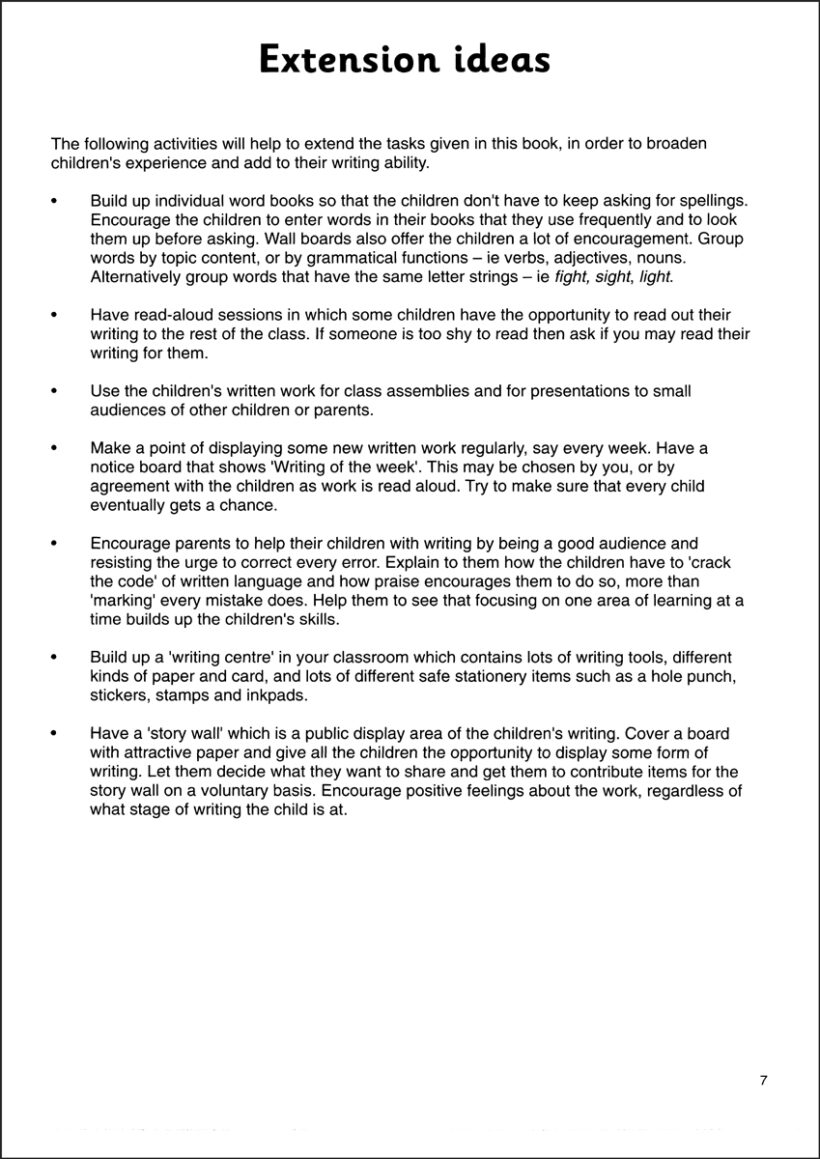


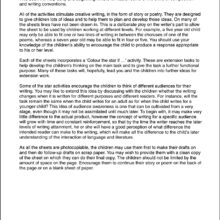


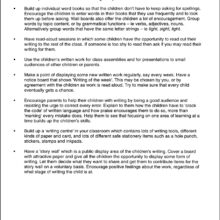




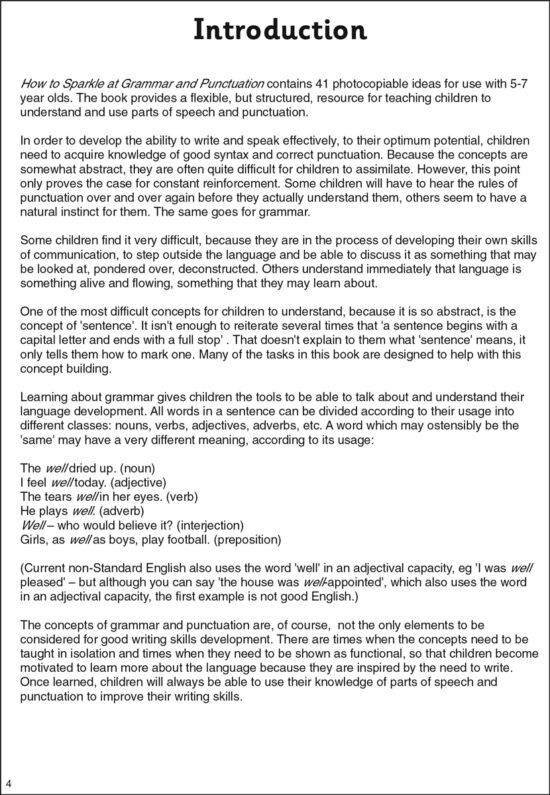

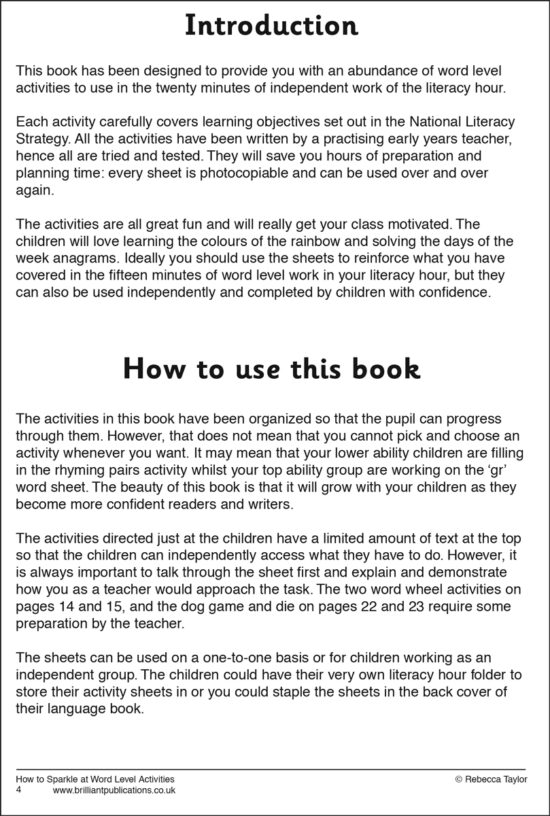


Reviews
There are no reviews yet.